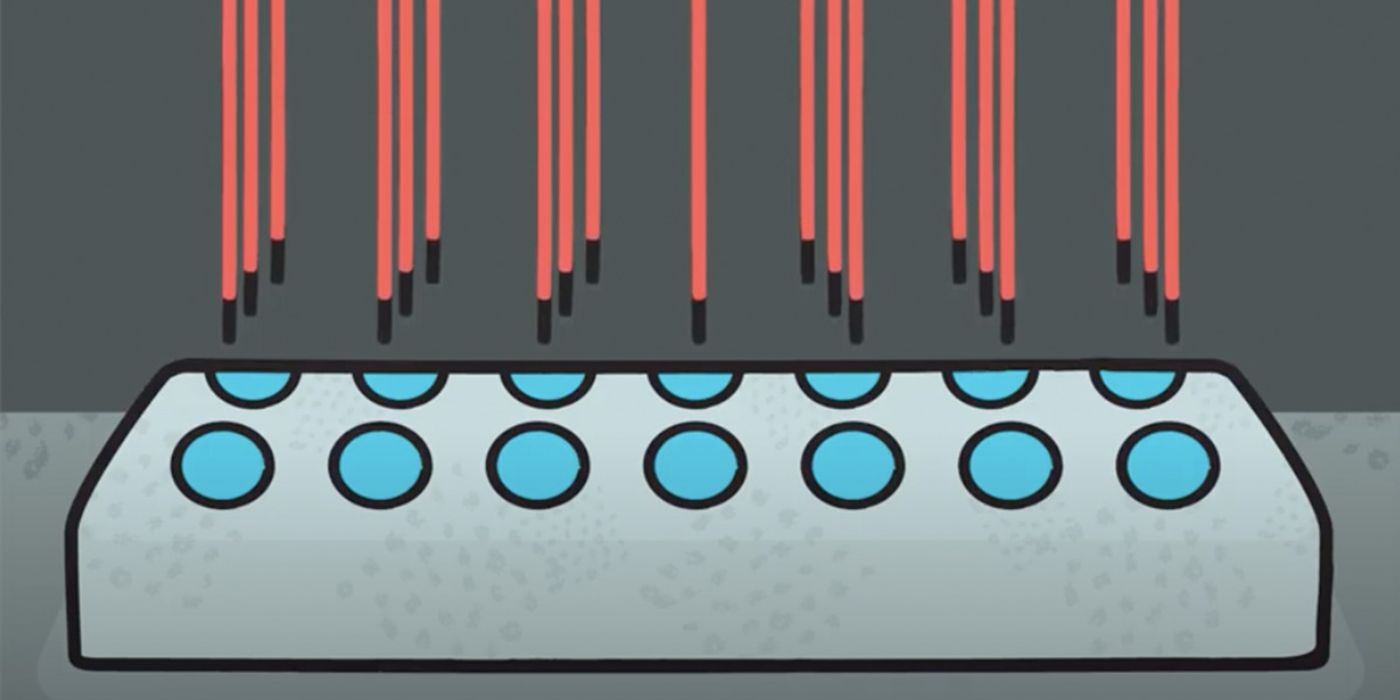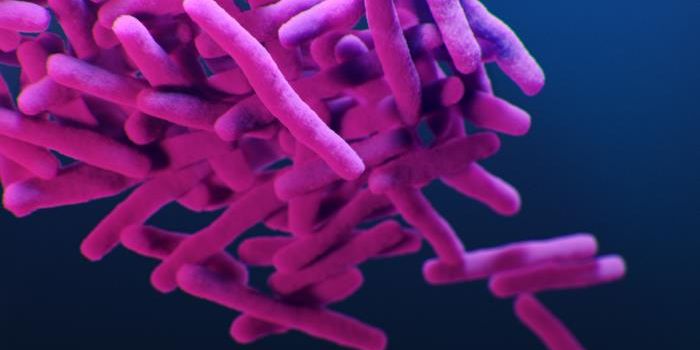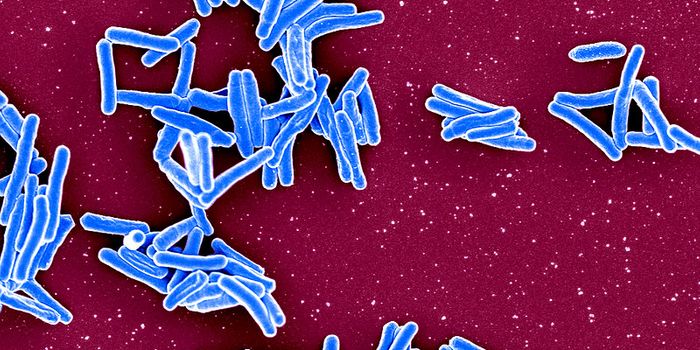Making Capillary Electrophoresis Accessible for Any Lab
Analyzing nucleic acids through gel electrophoresis has been a staple of genetic research for decades. But using traditional gel electrophoresis limits data collection to the length of the gel, making it difficult to resolve both small and large fragments on the same gel. Capillary electrophoresis (CE) provides some important advantages over gel electrophoresis.
CE is important for life science researchers who need to know exactly what is encoded by a piece of DNA, particularly for applications such as cell line authentication or mixed sample analysis. CE instruments separate DNA fragments by size using thin capillaries and an electrical gradient. Those separated fragments can then be identified using fluorescent dyes.
In capillary electrophoresis, each fragment of DNA is represented by a peak. Software analyzes migration of electropherogram peaks and reports the size (in bp) and relative fluorescent intensity (in RFU), making it easy to determine the size and quantity of each DNA fragment. Peak height indicates the fluorescent intensity of that DNA fragment, therefore fragments with larger amounts of DNA are visualized as taller peaks.
CE can be easily automated, reducing the significant amount of “hands-on” time required by traditional electrophoresis. CE can be used quantitatively and captures data in real time, as the fragments migrate past a window in the capillary. This makes it possible for fragments of all sizes to be well resolved and enables the user to resolve hundreds of fragments in the same sample. You can also conserve precious samples since CE only requires minute amounts of sample.
Historically, capillary electrophoresis (CE) instruments have large and expensive, which puts a strain on labs with limited space and makes CE applications inaccessible or inconvenient for labs that cannot afford their own instrument. Many labs without a CE instrument have to send their samples to a sequencing service, which can be expensive and will often delay their experiments. Newer, benchtop CE instruments make it easier for labs to keep these applications in-house, which can reduce cost-per-sample in the long run and help researchers avoid delays and scheduling headaches.
Technology like this brings capillary electrophoresis capabilities to any lab, giving scientists control of their sequencing workflow and accelerating their research.









